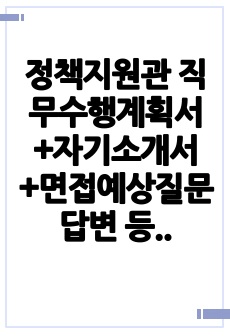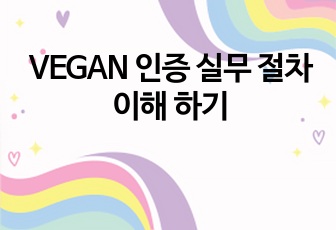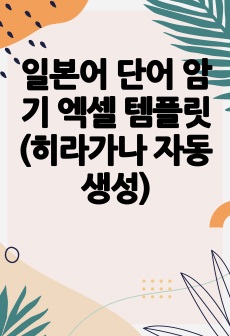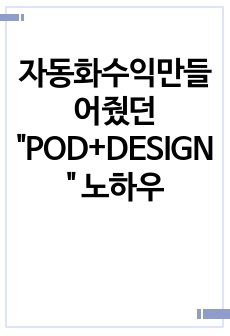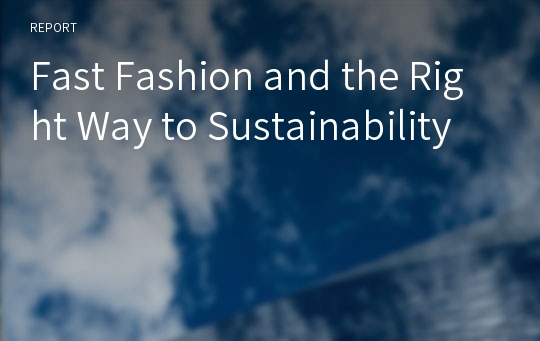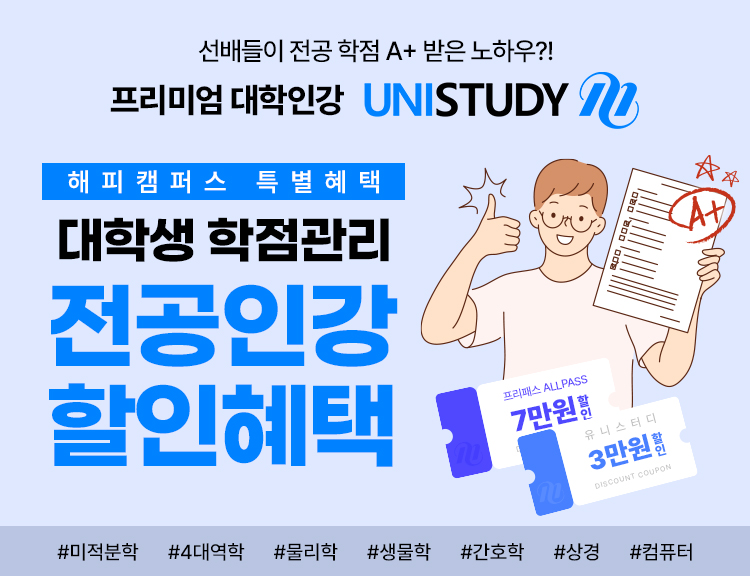Fast Fashion and the Right Way to Sustainability
*유*
다운로드
장바구니
소개글
패스트 패션이 어째서 지속 가능한 패션과 결합할 수 없는지, 지금 지속 가능한 경영을 실천하고 있다고 주장하는 기업들이 실제로 그런 경영을 실천하고 있는지 검토하였습니다.목차
1. Introduction2. Fast fashion: How does it work?
3. Measuring sustainability progress
4. Can fast fashion ever be sustainable?
1) Cutting costs in manufacturing: what happens outside the office
2) Unsustainable selling
5. H&M: Greenwashing or a step in the right direction?
6. Conclusion
7. References
본문내용
The reason why unsustainable fiber production, water-intensive chemical processing, transportation of material by ship, and unethical garment construction are grouped together under the same section is because those processes are not directly overlooked or controlled by retailers, making it hard for customers to trace the full environmental and social footprint/impact of the product and easy for brands to dodge responsibility of the impact. Thus, customers should always question the cheap price of fast fashion garments because the full story cannot be delivered through the price tag.<중 략>
Fast fashion retailers employ various strategies to sell more clothes rather than sell good clothes; they design individual fast fashion garments to be easily disposable and constantly update the inventory to encourage customers to buy more than they need, which makes fast fashion inherently unsustainable because this endless cycle of consumerism leads to more and more waste.
참고 자료
Barnes, L. and Lea-Greenwood, G. (2006). Fast fashioning the supply chain: shaping the research agenda. Journal of Fashion Marketing and Management, [online] Volume 10(3), pp. 259-271. Available at: http://www.emeraldinsight.com/doi/abs/10.1108/*************9259 [Accessed 20 May 2016].Butler, S. (2013). Bangladeshi factory deaths spark action among high-street clothing chains. The Guardian. [online] Available at: http://www.theguardian.com/world/2013/jun/23/rana-plaza-factory-disaster-bangladesh-primark [Accessed 30 May 2016].
Center for Human Rights and Global Justice, (2016). Every Thirty Minutes: Farmer Suicides, Human Rights, and the Agrarian Crisis in India. [online] New York: NYU School of Law. Available at: http://chrgj.org/wp-content/uploads/2012/10/Farmer-Suicides.pdf [Accessed 28 May 2016].
Claudio, L. (2007). Waste Couture: Environmental Impact of the Clothing Industry. Environ Health Prospect, 115(9), pp.A449-A454.
Cline, E. (2012). Overdressed. New York: Portfolio/Penguin.
Curteza, A. (n.d.). Sustainable Textiles. 1st ed. [ebook] Iași: Technical University of Iasi. Available at: http://www.2bfuntex.eu/sites/default/files/materials/Sustainable%20textiles_Antonela%20Curteza.pdf [Accessed 31 May 2016].
Dnfi.org. (n.d.). Fiber Production. [online] Available at: http://dnfi.org/wp-content/uploads/2012/01/Fiber-Production.xlsx [Accessed 28 May 2016].
Environmental Justice Foundation, (2007). The Deadly Chemicals in Cotton. [online] London: EJF, p.2. Available at: http://ejfoundation.org/sites/default/files/public/the_deadly_chemicals_in_cotton.pdf [Accessed 20 May 2016].
Fassa, P. (2013). Chemical Clothing: Which Hidden Toxins Are You Wearing?. Natural Society. [online] Available at: http://naturalsociety.com/chemical-clothing-toxic-chemicals-clothes-sick/ [Accessed 30 May 2016].
Frisvold, G. and Reeves, J. (2007). Economy-wide Impacts of Bt Cotton. In: Beltwide Cotton Conferences. [online] New Orleans: National Cotton Council of America, p.1. Available at: https://www.icac.org/cotton_info/tis/biotech/documents/otherdocs/gtap_beltwide.pdf [Accessed 28 May 2016].
Gould, H. (2013). Alternative business models for sustainable fashion – live chat roundup. The Guardian. [online] Available at: http://www.theguardian.com/sustainable-business/sustainable-fashion-blog/sustainable-fashion-alternative-business-live-chat [Accessed 31 May 2016].
Greenpeace, (2013). Chemicals Substitution in Textile Industry: Implementing Chemical Policies Into the Textile Supply Chain. 1st ed. [ebook] Hangzhou: Greenpeace. Available at: http://www.greenpeace.org/china/Global/china/publications/others/2013/20130325-GP-ENG.pdf [Accessed 30 May 2016].
H & M Hennes & Mauritz AB, (2016). H & M Hennes & Mauritz AB Three-month report. [online] Available at: http://about.hm.com/en/news/newsroom/news.html/en/financial-reports/2016/4/2163858.html [Accessed 15 May 2016].
Hilary, J. (2015). Interviewed by Andrew Morgan. The True Cost, [Film] Los Angeles: Andrew Morgan.
Hindle, T. (2009). Planned Obsolescence. The Economist. [online] Available at: http://www.economist.com/node/13354332 [Accessed 31 May 2016].
Hines, T. and Bruce, M. (2001). Fashion marketing. Oxford: Butterworth-Heinemann.
Inditex, (2016). FY2015 Results. [online] Available at: http://www.inditex.com/documents/10279/197044/INDITEX_Resultados2015_090316_en.pdf/516342dd-009d-441f-a688-6f6dbe6781af [Accessed 15 May 2016].
Jayaraman, K. (2012). India investigates Bt cotton claims. Nature. [online] Available at: http://www.nature.com/news/india-investigates-bt-cotton-claims-1.10015 [Accessed 28 May 2016].
Joy, A., Sherry, J., Venkatesh, A., Wang, J. and Chan, R. (2012). Fast Fashion, Sustainability, and the Ethical Appeal of Luxury Brands. Fashion Theory, [online] 16(3), pp.273-296. Available at: http://www.tandfonline.com/doi/abs/10.2752/175174112X*************3 [Accessed 16 May 2016].
Kim, S., Lee, J., Jung, H., Dang, I. and Park, J. (2008). Care of Textile Products. Pajoo: Kyomunsa, pp.263-307.
Lahiri, T. and Passariello, C. (2013). Why Retailers Don't Know Who Sews Their Clothing. The Wall Street Journal. [online] Available at: http://www.wsj.com/articles/SB*************7**************************8 [Accessed 30 May 2016].
MacCarthy, B. and Jayarathne, P. (2010). Fast Fashion: Achieving Global Quick Response (GQR) in the Internationally Dispersed Clothing Industry. In: C. Edwin, and T. Choi, ed., Innovative Quick Response Programs in Logistics and Supply Chain Management, 1st ed. Berlin Heidelberg: Springer-Verlag, pp. 37-60.
Qin, Y. (2014). Global Fibres Overview. 1st ed. [ebook] Pattaya: Tecnon OrbiChem, p.19. Available at: http://www.orbichem.com/userfiles/APIC%202014/APIC2014_Yang_Qin.pdf [Accessed 29 May 2016].
Shete, V. (2013). The Contemporary Fashion Industry and Its Futures, [Blog] Vir Shete. Available at: https://virshete.wordpress.com/tag/fashioning-the-future-fashion-clothing-and-the-manufacturing-of-post-fordist-culture/ [Accessed 16 May 2016].
Shiva, V. (2015). Interviewed by Andrew Morgan. The True Cost, [Film] Los Angeles: Andrew Morgan.
Shui, S. and Plastina, A. (2013). World Apparel Fibre Consumption Survey 2013. [online] Washington, D.C.: Food and Agriculture Organization of the United Nations and International Cotton Advisory Committee, p.2. Available at: https://www.icac.org/cotton_info/publications/statistics/world-apparel-survey/FAO-ICAC-Survey-2013-Update-and-2011-Text.pdf [Accessed 29 May 2016].
Skov, L. (2002). Hong Kong Fashion Designers as Cultural Intermediaries: Out of Global Garment Production. Cultural Studies, [online] Volume 16(4), pp. 553–69. Available at: http://www.tandfonline.com/doi/abs/10.1080/*************9115 [Accessed 22 May 2016].
Sweeny, G. (2015). It's the Second Dirtiest Thing in the World—And You’re Wearing It. Alternet, [online] Available at: http://www.alternet.org/environment/its-second-dirtiest-thing-world-and-youre-wearing-it [Accessed 22 May 2016]






